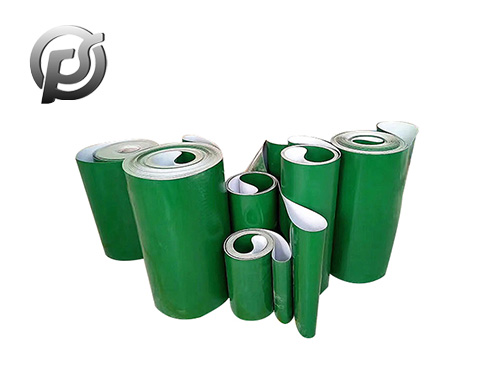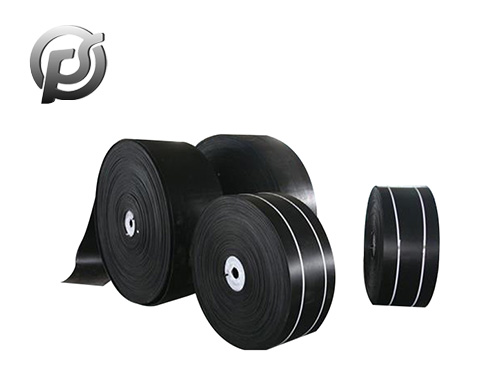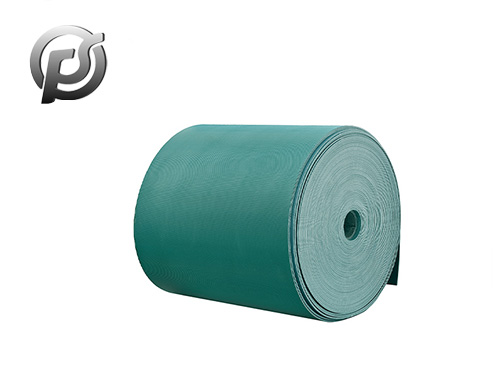 Optimizing Operations with PE Conveyor Belts: Durability, Efficiency, and Versatility
Optimizing Operations with PE Conveyor Belts: Durability, Efficiency, and Versatility
 Exploring the Efficiency and Versatility of Light Conveyor Belts
Exploring the Efficiency and Versatility of Light Conveyor Belts
 Polyester Conveyor Belts: Enhancing Efficiency and Reliability in Material Handling
Polyester Conveyor Belts: Enhancing Efficiency and Reliability in Material Handling